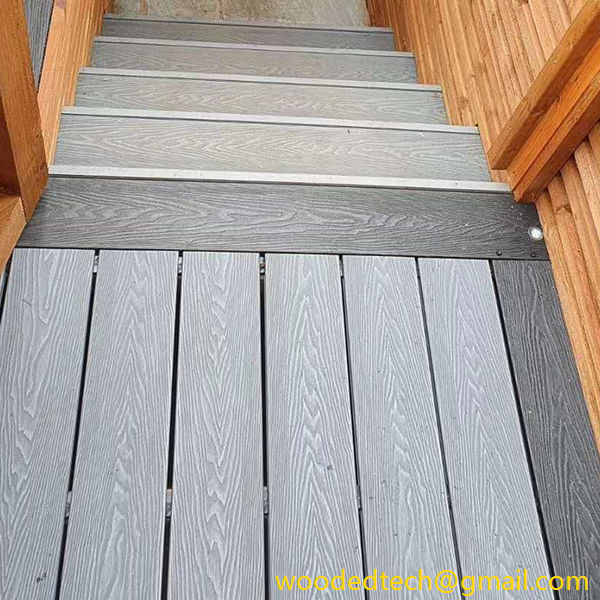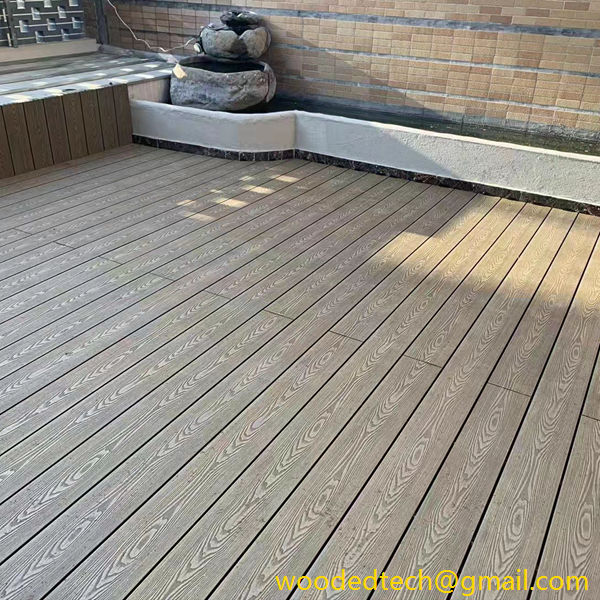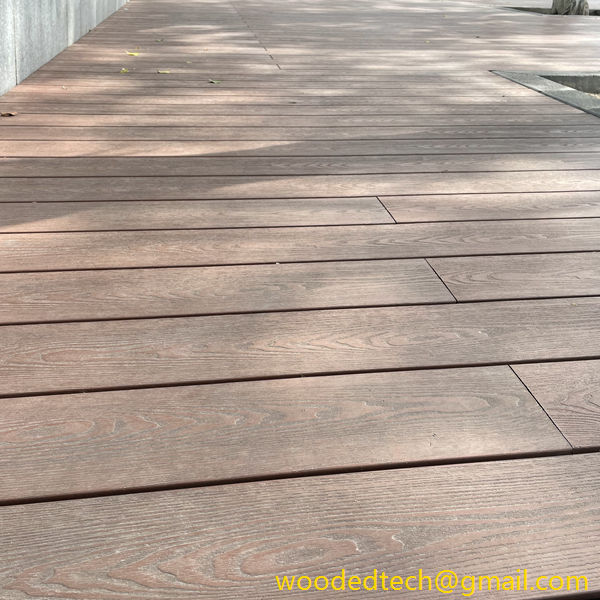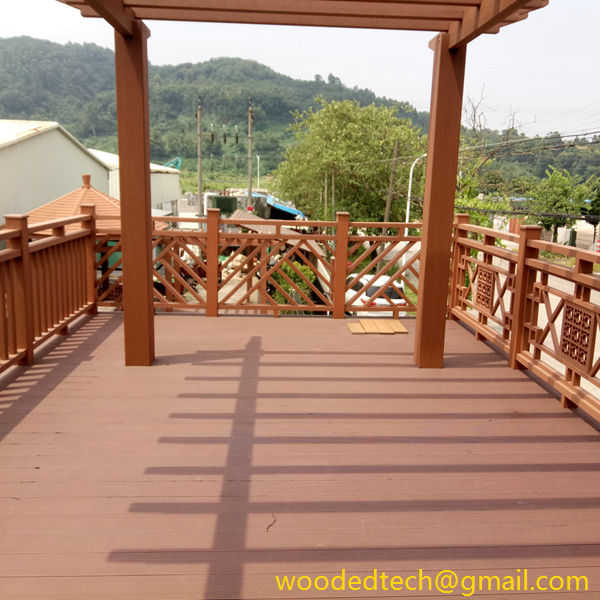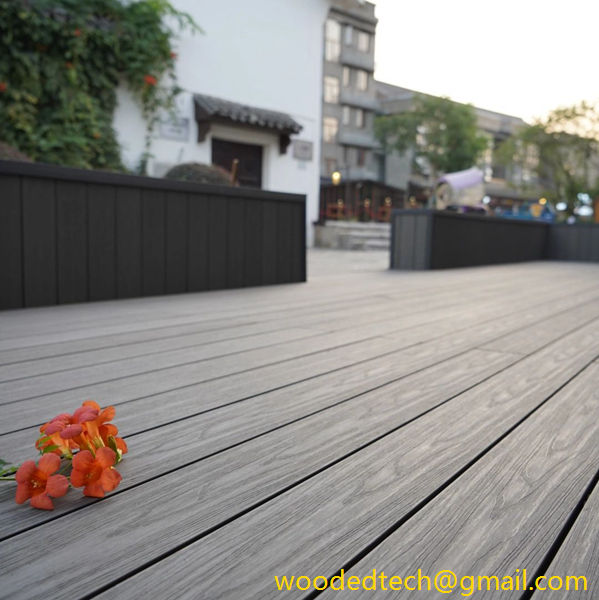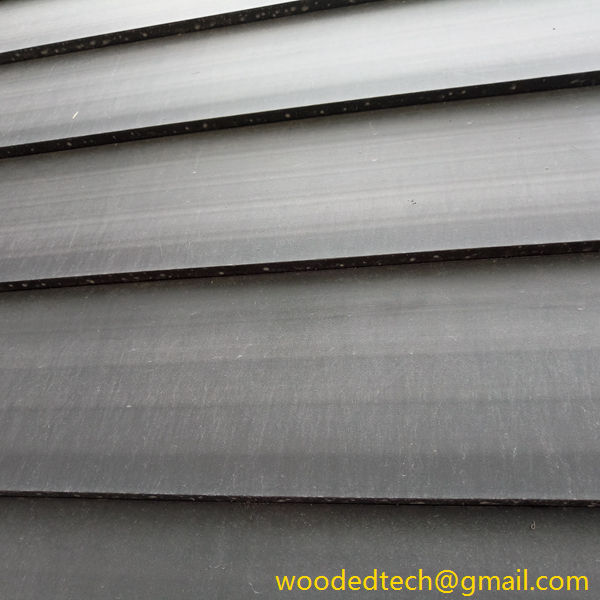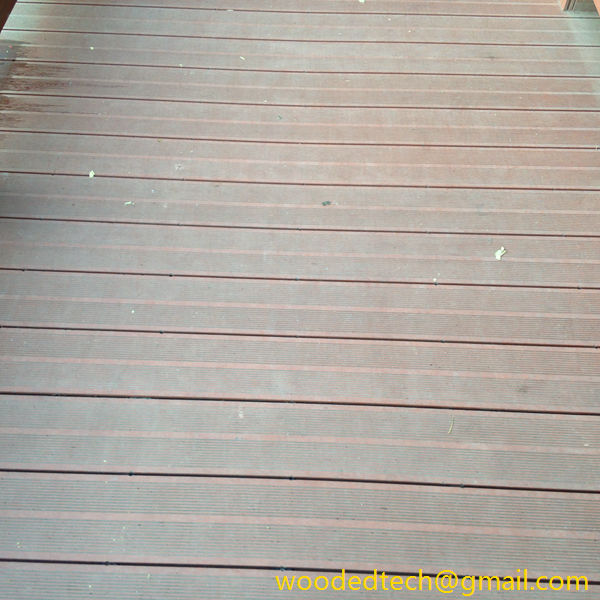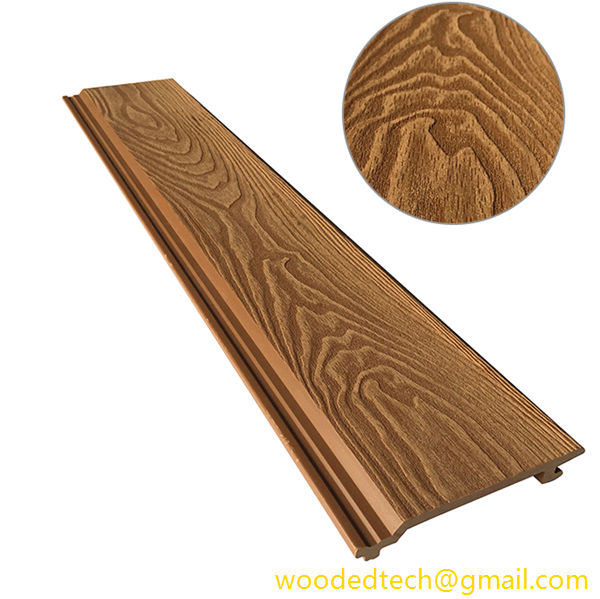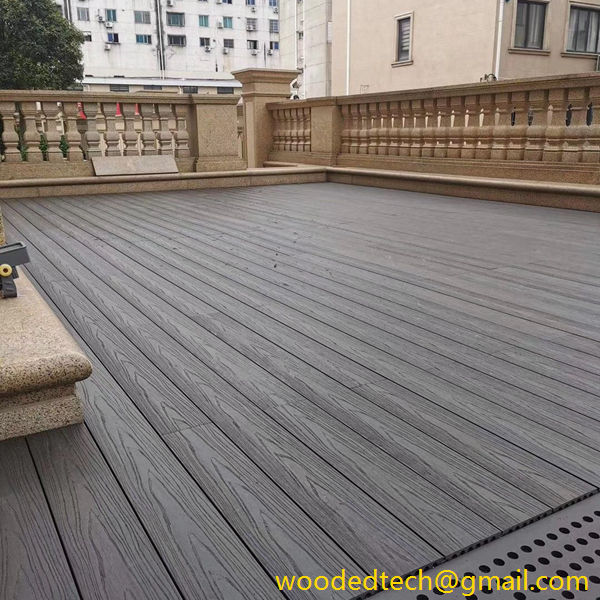8m Composite Deck Boards for Lasting Beauty
8m Composite Deck Boards for Lasting Beauty In recent years, the demand for durable and aesthetically pleasing outdoor materials has surged, particularly in the realm of decking. One of the standout innovations in this field is the 8-meter composite deck board. These boards not only offer lasting beauty but also represent a significant advancement in…
8m Composite Deck Boards for Lasting Beauty
In recent years, the demand for durable and aesthetically pleasing outdoor materials has surged, particularly in the realm of decking. One of the standout innovations in this field is the 8-meter composite deck board. These boards not only offer lasting beauty but also represent a significant advancement in material production technology, combining functionality with environmental considerations.
Composite decking is primarily composed of a mixture of wood fibers and plastic. This fusion offers the visual appeal of natural wood while significantly enhancing the performance characteristics of the material. Traditional wooden decks are susceptible to a multitude of issues, including warping, splintering, and decay caused by moisture and insect damage. In contrast, composite deck boards are engineered to resist these problems, ensuring that they maintain their beauty and structural integrity over time.
The production of 8-meter composite deck boards begins with the careful selection of raw materials. Manufacturers typically utilize recycled wood and plastic, which not only helps to reduce waste but also minimizes the carbon footprint associated with new material production. The wood fibers are often sourced from post-industrial waste, while the plastic components can come from recycled bottles and containers. This sustainable approach to sourcing materials aligns well with growing consumer demand for eco-friendly products.
Once the raw materials are selected, they undergo a process known as compounding. During compounding, the wood fibers and plastic are blended together with additives that enhance their properties. These additives may include UV stabilizers to protect against sun damage, color pigments for aesthetic appeal, and anti-fungal agents to prevent mold growth. The result is a homogenous mixture that can be extruded into long boards. This method of production not only allows for the creation of uniform boards but also ensures that the final product will exhibit consistent performance characteristics across its length.
The length of 8 meters for composite deck boards is particularly advantageous for both manufacturers and consumers. Longer boards reduce the number of joints required during installation, leading to a cleaner and more seamless appearance. Fewer joints also mean a reduction in potential weak points where water and debris can accumulate, thereby extending the life of the deck. Moreover, the installation process becomes quicker and more efficient, as fewer boards must be handled and secured.
In addition to their practical benefits, 8-meter composite deck boards offer a wide range of aesthetic options. Manufacturers invest in advanced technologies to create finishes that mimic the look of natural wood grains. The surface textures can be engineered to enhance slip resistance, which is particularly important for outdoor applications where moisture can create hazards. Consumers can choose from an array of colors and finishes, allowing them to customize their outdoor spaces to reflect personal style while benefiting from the durability of composite materials.
Another significant aspect of composite decking is its low maintenance requirements. Unlike traditional wood decks that necessitate regular sealing, staining, and cleaning, composite boards only require periodic washing with soap and water to maintain their appearance. This ease of maintenance not only saves time and effort but also contributes to the overall cost-effectiveness of composite decking over its lifespan.
The environmental impact of composite decking is another reason for its rising popularity. As consumers become more conscious of their ecological footprint, products that utilize recycled materials and promote sustainability are increasingly favored. Composite deck boards help divert waste from landfills while providing an alternative to deforestation associated with traditional wood decking. Furthermore, because they do not require the use of harmful chemicals for preservation, composite materials contribute to a healthier outdoor environment.
In terms of performance, composite boards are designed to withstand a variety of harsh weather conditions. They are resistant to fading, staining, and scratching, ensuring that they retain their appearance for years. The materials are also impervious to insects and moisture, which means that homeowners can enjoy their outdoor spaces without the worry of deterioration from pests or weather-related issues.
In conclusion, the advancement of 8-meter composite deck boards represents a significant leap forward in material production technology. These boards combine the best of both worlds: the natural beauty of wood and the durability of synthetic materials. With their sustainable production methods, low maintenance requirements, and aesthetic versatility, they offer a compelling option for anyone looking to enhance their outdoor living spaces. As technology continues to evolve, it is likely that composite decking will only become more refined, providing even greater benefits for consumers and the environment alike.

